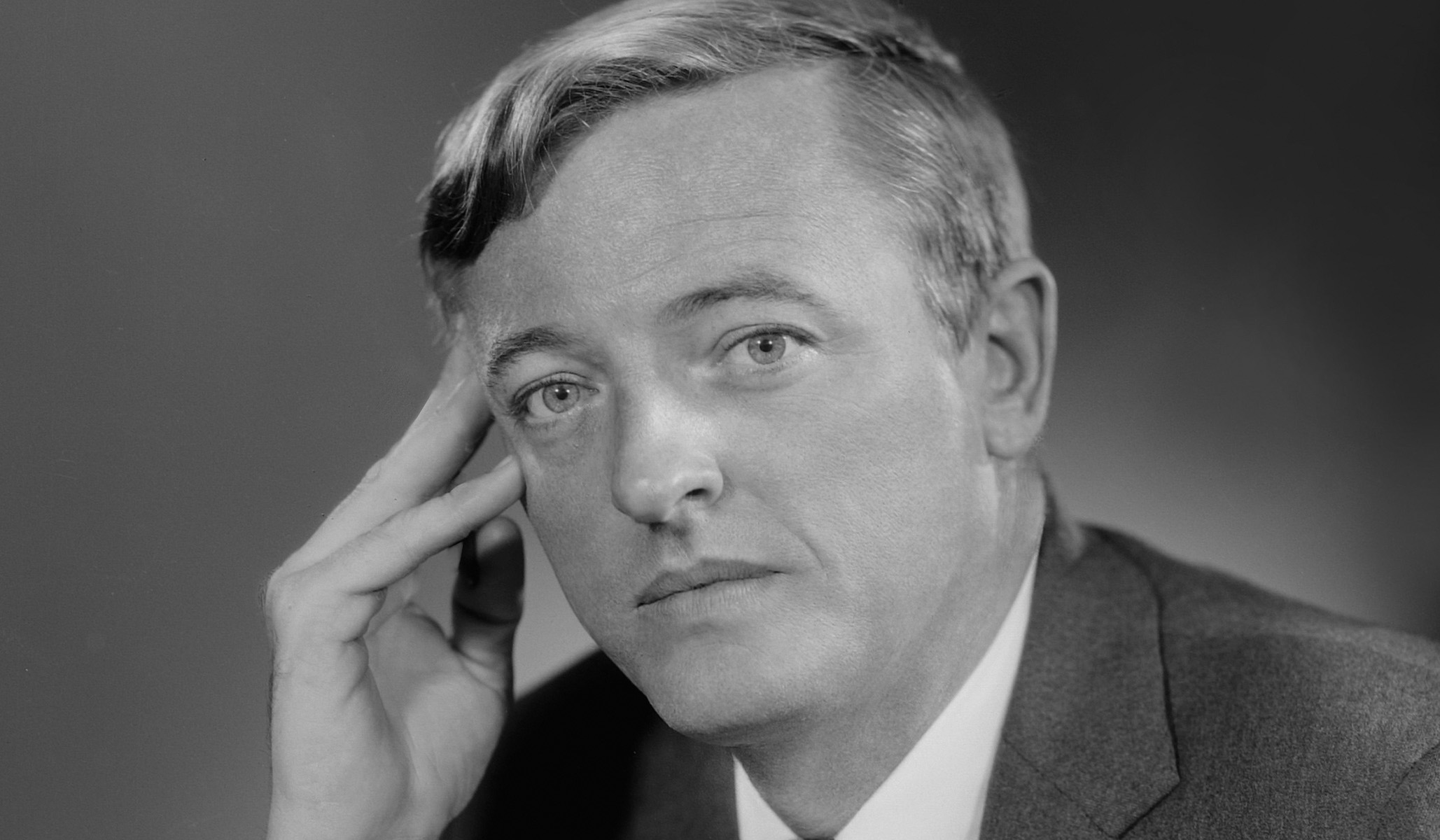
For a long time, conservatives had a pat story about their political inheritance. The Right was formless, fractured, a collection of irritable mental gestures — and then William F. Buckley Jr. founded this journal, bringing the various respectable strands of conservatism together and discarding the others. The resulting synthesis came to be known as “fusionism,” which combined elements of classical liberalism and classical conservatism or, in another common formulation, of traditionalism and libertarianism.
“What gradually happened was a felt acknowledgment that the two strains were not mutually exclusive,” Buckley wrote here in 1995. The libertarian-minded conservatives came to appreciate that the liberty they prized required a cultural infrastructure that in turn required tending. The traditionalist-minded conservatives came to regard overweening and centralized government, especially when married to progressive ideology, as the principal threat to the civilization they cherished. Each came to regard the other as useful allies. And so “little fusionists would be born and baptized from coast to coast.”
With Frank Meyer as its theorist, William Rusher and James Burnham its strategists, and Buckley its impresario, public face, and coalition builder, fusionism would move from triumph to triumph: taking over the Republican Party, then winning the White House, then changing American government. Its political leaders were first Barry Goldwater, then Ronald Reagan, then Newt Gingrich. It grew ever more dominant inside the Republican Party.










